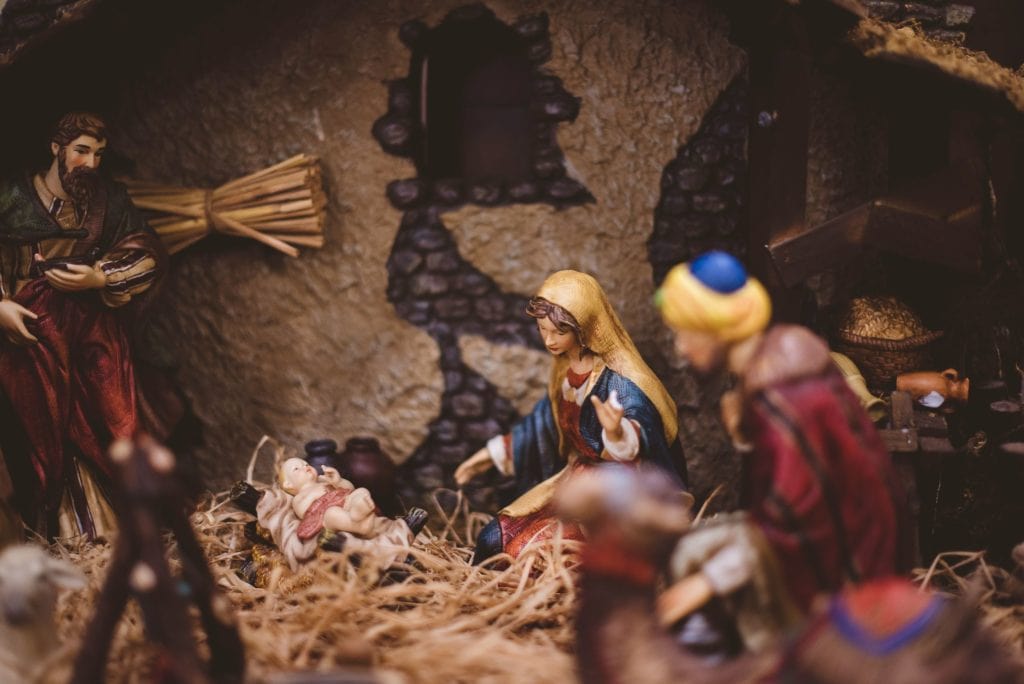DOWNLOAD The Auction Profit Blueprint
The 4 tools BIG organizations use every time to skyrocket auction profits!
The Step-By-Step Guide to stop leaving thousands on the table.
Use our end-of-year giving statement to help your church maintain transparency. CharityAuctionsToday has a template to help you prep these documents.

Churches, like any other organization, need to maintain financial transparency.
One key aspect of this is the end-of-year giving statement. This document is crucial for both the church and its donors.
In this guide, we’ll delve into the creation of a church end-of-year giving statement template. We’ll cover its importance, the necessary elements, and best practices for distribution.
Whether you’re a church financial officer or a pastor, this guide will equip you with the knowledge to create a effective and compliant giving statements.
Year-end giving statements are more than just financial documents. They serve a dual purpose in the church community.
Firstly, they provide donors with a record of their contributions. This is essential for tax purposes.
Secondly, they offer a way for the church to acknowledge and thank its donors. This can foster a sense of community and encourage future donations.
In essence, a well-crafted giving statement can be a powerful tool for stewardship and relationship-building.
A church end-of-year giving statement is a document provided by the church to its donors.
It details the total amount of contributions made by the donor over the course of the year, including end-of-year donations. This includes both cash and non-cash donations.
Giving statements play a crucial role in maintaining transparency within the church community.
By providing a clear record of donations, they help to build trust between the church and its donors. This trust is vital for the long-term health and sustainability of the church.

by Kelly Sikkema, Unsplash
Churches have a legal obligation to provide donors with an end of year giving statement. This in addition to keeping their own church financial reports.
This is especially important for donors who itemize their tax deductions. The statement serves as proof of their charitable contributions.
Failure to provide accurate and timely statements can lead to complications for both the church and the donor.
The IRS has specific guidelines for charitable contributions. Churches must comply with these to maintain their tax-exempt status.
For instance, the statement must clearly state that no goods or services were provided in exchange for the donation. If any were provided, their value must be deducted from the total donation amount.
The statement should also include the name of the church, the date of each contribution, and the total amount donated.
It’s crucial for churches to stay updated on any changes to IRS guidelines to ensure compliance.
Non-cash contributions, such as donated goods or services, can also be included in the giving statement.
However, it’s the donor’s responsibility to determine the fair market value of these contributions for tax purposes.
Creating a giving statement template requires careful thought and planning.
The template should be clear, concise, and easy to understand. It should also be visually appealing to encourage donors to read it.
Remember, the goal is to provide donors with a comprehensive summary of their contributions while expressing gratitude for their generosity.
A well-crafted giving statement should include several key elements.
Firstly, it should have the church’s name, address, and contact information. This helps donors identify the statement and provides a point of contact if they have questions.
Secondly, it should include the donor’s name, address, and total amount donated. This information is crucial for tax purposes.
Thirdly, the statement should include a clear breakdown of each donation made throughout the year. This includes the date, amount, and method of each contribution. This can be an itemized statement alongside your templated letter.
Lastly, the statement should include a heartfelt thank you message. This shows appreciation for the donor’s generosity and can encourage future donations.
While it’s important to maintain a standardized format for giving statements, personalization can make them more impactful.
For instance, including a brief message about how the donor’s contributions have helped the church can make the statement more meaningful.
However, it’s crucial to ensure that personalization does not compromise the clarity or accuracy of the information provided.

Here’s an example of how you can format and word your year-end giving statement.
[Church Name]
[Church Address]
[Church Phone Number]
[Church Email]
[Date]
Dear [Member’s Name],
As we reflect on the past year, we are filled with gratitude for your faithful support of [Church Name]. Your generosity has allowed us to continue our ministry, reach out to our community, and spread the love of Christ to those in need.
Total Contributions: $[Total Amount]
Tax-Deductible Contributions: $[Tax-Deductible Amount]
Non-Deductible Contributions: $[Non-Deductible Amount] (e.g., for the purchase of event tickets, items, etc.)
We want to take this opportunity to say thank you! Your contributions have had a tremendous impact on our ability to serve. Here are a few highlights of what your generosity has made possible this year:
None of this would be possible without your continued support, and we pray that you see the fruits of your giving both in our church and in the lives we’ve been able to touch.
As we head into [Next Year], we look forward to continuing to partner with you in God’s work. May the Lord richly bless you and your family for your generosity and commitment to His kingdom.
If you have any questions about your contributions or if there is any way we can pray for you in the coming year, please don’t hesitate to contact us.
With sincere gratitude and blessings,
[Pastor’s Name]
[Pastor’s Title, e.g., Lead Pastor]
[Church Name]
Important Note:
No goods or services were provided in exchange for your contribution, other than intangible religious benefits, in accordance with IRS guidelines.
Once the giving statement is ready, it’s time to distribute it to the donors.
The distribution process should be efficient, timely, and respectful of donor privacy.
There are several methods for distributing giving statements.
These include mail, email, or handing them out in person. The method chosen should be convenient for the donor and ensure their privacy is maintained.
It’s also important to have a secure system for storing donor information. This protects the privacy of donors and maintains the trust they have in the church.
Giving statements are not just about reporting past donations. They can also encourage future giving.
By showing donors how their contributions have been used, you can inspire them to continue supporting the church.
A key part of the giving statement is acknowledging the generosity of donors.
This can be done by including a heartfelt thank you message in the statement. This shows donors that their contributions are valued and appreciated.
It’s also beneficial to report on the impact of donations. This could include a summary of how donations were used over the past year. By showing donors the tangible results of their generosity, you can encourage them to continue giving in the future.
The end-of-year giving statement is more than a financial document. It’s a tool for stewardship, fostering trust and transparency within the church community.
By following these guidelines, your church can create a giving statement that not only meets legal requirements but also strengthens your relationship with donors.
DOWNLOAD The Auction Profit Blueprint
The 4 tools BIG organizations use every time to skyrocket auction profits!
The Step-By-Step Guide to stop leaving thousands on the table.

